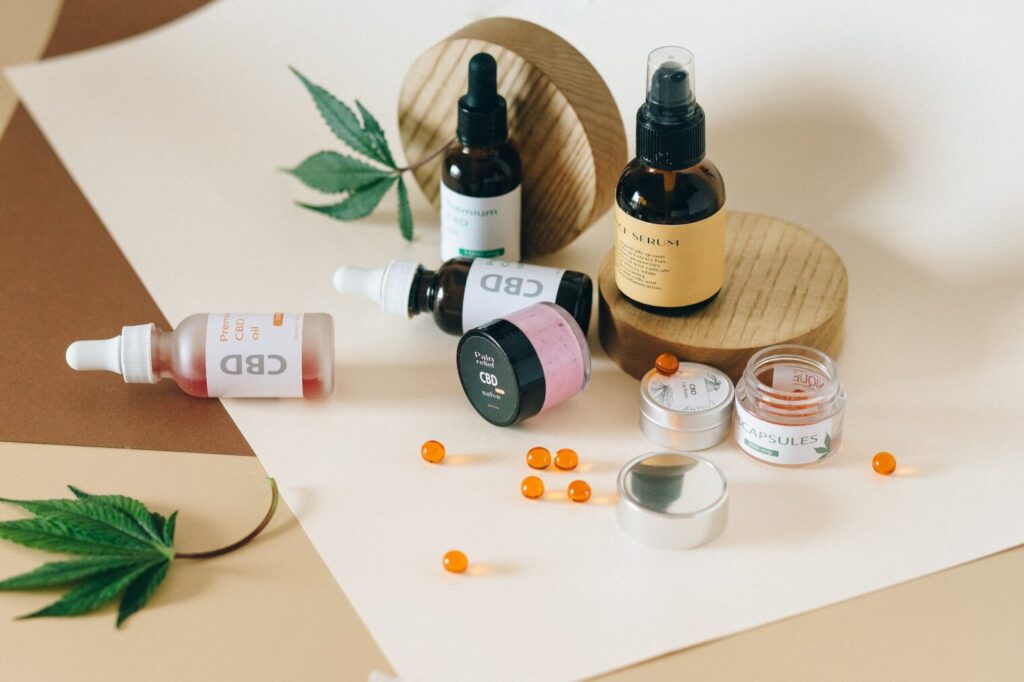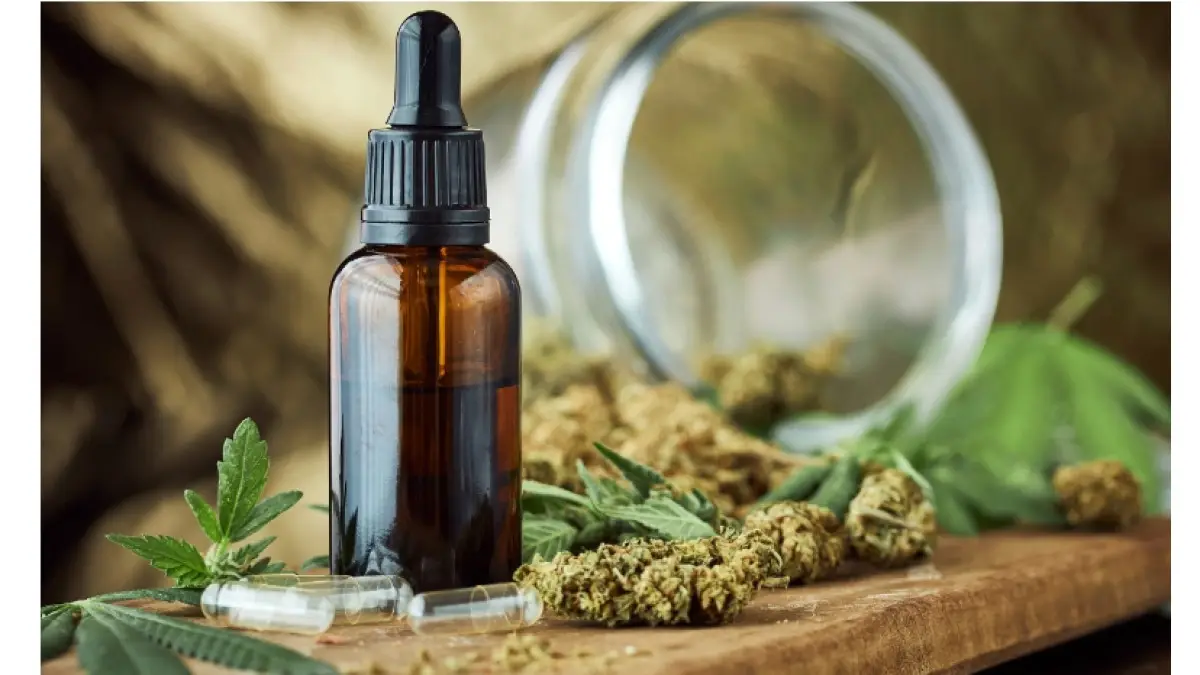The world of cannabis consumption has evolved significantly, with edibles becoming one of the most popular ways to enjoy THC. Unlike smoking, which delivers an almost immediate effect, edibles take longer to kick in but often provide a more potent and prolonged high. However, one crucial concern for many cannabis users is the detection window of THC in their system, particularly in hair drug tests. If you’ve consumed THC-infused edibles and have a drug test approaching, understanding the duration of THC stay in your hair is essential.
How THC is Processed in the Body
When you consume edibles, THC undergoes a different metabolic process compared to smoking or vaping. Instead of entering the bloodstream through the lungs, THC in edibles is metabolized in the liver, where it is converted into 11-hydroxy-THC, a more potent compound that prolongs its effects. The liver then processes it further into THC-COOH, which is eventually stored in fat cells and excreted over time.
Because hair growth is directly linked to blood supply, trace amounts of THC can make their way into hair follicles, becoming embedded in the growing strands. This is why hair tests are considered highly effective for detecting long-term cannabis use.
Why Hair Drug Tests Are So Effective
Unlike urine and saliva tests, which detect recent drug use, hair follicle drug tests provide a long-term record of substance intake. This is due to the way THC metabolites become trapped in hair strands. A standard hair drug test involves cutting a 1.5-inch sample close to the scalp, which typically represents about 90 days of drug use history.
Because hair grows at an approximate rate of 0.5 inches per month, testers can estimate drug usage over several months. This makes it one of the most challenging drug tests to pass, particularly for regular cannabis users.
How Long Does THC Stay in Hair?
The THC stay in hair can last significantly longer than in blood, urine, or saliva. While urine tests typically detect THC for up to 30 days and saliva tests for up to 24-48 hours, hair follicle tests can trace THC usage for up to 90 days or even longer in some cases.
Several factors influence the duration of THC stay in hair, including:
- Frequency of Use: Occasional users may have lower THC levels in their hair, while chronic users will have significantly higher concentrations.
- Dosage of Edibles: Higher THC doses lead to increased metabolite storage, extending detection periods.
- Metabolism and Hair Growth Rate: A faster metabolism and rapid hair growth may slightly reduce detection time.
- Hair Type and Color: Darker hair, which contains more melanin, tends to retain THC metabolites more effectively than lighter hair.
- Personal Health and Lifestyle: A healthy diet, hydration, and exercise may influence how quickly THC exits the system.
How Accurate Are Hair Drug Tests?
Hair drug testing is one of the most reliable methods for detecting THC usage. These tests utilize advanced laboratory techniques such as enzyme-linked immunosorbent assay (ELISA) and gas chromatography-mass spectrometry (GC-MS) to ensure precision. Since external contamination (such as secondhand smoke) does not affect the results, hair tests provide a strong indication of actual THC consumption.
However, hair tests are not flawless. False positives are rare, but there is some debate about whether extremely low levels of THC metabolites in hair could come from environmental exposure. Nonetheless, hair testing remains the preferred method for long-term drug use detection, particularly in workplaces and legal settings.
Does Body Hair Also Contain THC?
While most hair drug tests focus on scalp hair, some tests may use body hair if scalp hair is unavailable. The THC stay in hair on different parts of the body can be longer due to slower growth rates. For example, body hair typically grows at a much slower pace than scalp hair, meaning THC metabolites can remain detectable for up to a year or more in certain cases.

Can You Beat a Hair Drug Test After Consuming Edibles?
If you’ve consumed edibles and are facing a hair drug test, completely eliminating THC from your hair is nearly impossible within a short timeframe. Unlike urine or saliva tests, detox drinks and temporary abstinence won’t be enough. However, some methods claim to reduce THC levels in hair, including:
- Hair Detox Shampoos: Some commercial detox shampoos claim to remove THC from hair, though their effectiveness remains debated.
- Home Remedies: Techniques such as the Macujo or Jerry G method involve a combination of deep cleansing and chemical treatments, but these can be harsh on the scalp and hair.
- Hair Bleaching and Dyeing: Some users attempt to mask THC by bleaching or dyeing their hair, but this method is unreliable and can damage hair.
- Shaving: While shaving your head may seem like a way to avoid detection, most testing labs will simply take a sample from body hair instead.
How Employers Use Hair Tests for Drug Screening
Many industries, especially those involving transportation, healthcare, and law enforcement, require strict drug testing protocols. Employers favor hair tests because of their ability to detect long-term drug use, making them a more effective deterrent against regular cannabis consumption.
If you’re applying for a job that requires a hair drug test, it’s important to be aware of company policies regarding THC use. Some organizations have adopted more lenient policies in response to cannabis legalization, while others still enforce strict zero-tolerance rules.
Does Legalization Impact Hair Drug Testing?
As cannabis laws evolve, many states and countries are reconsidering drug testing policies. In places where cannabis is legal for medical or recreational use, some employers are revising their drug testing requirements to focus only on impairment rather than past consumption.
However, federal employers and companies that operate under federal regulations still enforce strict drug testing policies, regardless of local legalization. This means that even in states where cannabis is legal, testing positive on a hair drug test could have professional consequences.
Key Takeaways: What You Need to Know
If you’ve consumed cannabis edibles, it’s important to understand the duration of THC stay in your hair before taking a drug test. Unlike urine or saliva tests, hair drug tests have a long detection window, typically up to 90 days or more.
Factors such as usage frequency, dosage, hair type, and overall health can influence how long THC stays in your hair. While some methods claim to reduce THC levels in hair, no approach is guaranteed to completely eliminate traces before a drug test.
For those in jobs that require regular drug testing, awareness of company policies and the potential impact of THC consumption is crucial. As cannabis legalization continues to evolve, so too may drug testing regulations, but for now, hair drug tests remain one of the most challenging to pass for frequent THC users.
If you have an upcoming test and are concerned about the THC stay in hair, the best approach is to plan ahead and make informed decisions about your cannabis consumption.
At NanoHempTechLabs, we specialize in innovative detox solutions designed to help users manage THC detection concerns, especially for hair drug tests. With cannabis legalization on the rise, demand for reliable detox products is growing. Our scientifically formulated solutions cater to individuals needing fast and effective cleansing. Partner with us to bring premium-quality detox products to your customers and stay ahead in the wellness market.
Wholesale opportunities available now! Schedule a call today to explore bulk pricing and exclusive distributor benefits. Let’s grow together!
Reference:
- Agius, R. (2014). Utility of coloured hair for the detection of drugs and alcohol. Drug Testing and Analysis, 6(S1), 110-119. https://doi.org/10.1002/dta.1654
- Bertges, M., Ketikidou, A., Weiskirchen, R., Helden, J., Boehnke, R., & Heß, C. (2022). Manipulation of thc hair concentrations by commercially available products. Metabolites, 12(10), 900. https://doi.org/10.3390/metabo12100900
- Cooper, G., Kronstrand, R., & Kintz, P. (2012). Society of hair testing guidelines for drug testing in hair. Forensic Science International, 218(1-3), 20-24. https://doi.org/10.1016/j.forsciint.2011.10.024





